Chinese Tea Culture
Although Chinese tea culture today seems to be centered largely on Yixing teapots, antique teapots prove that porcelain also had and has a role in China's tea culture now.
First I wish to clarify one thing - after having lived in both, Japanese and Chinese societies for a long time, I dare to differ with the view of some tea culture "experts" who try to establish a link between Chinese tea drinking and Japanese Cha-no-Yu, or any tea ceremony. This is just a try at a commercial exploitation of the western interest in green tea and related customs. |
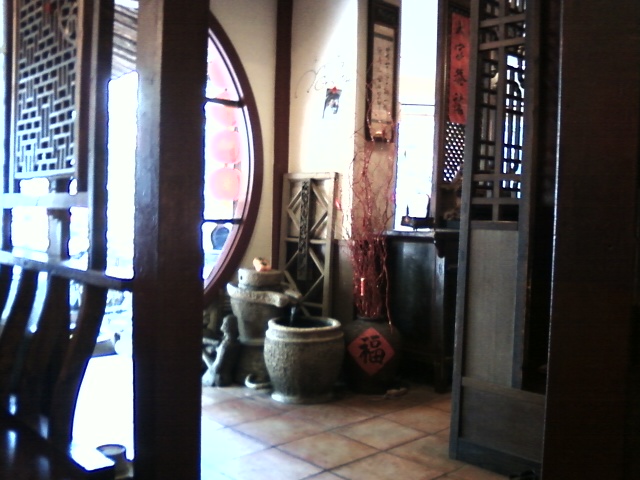 Chinese Tea House |
Chinese tea culture is fundamentally different from the Japanese tea ceremony. Although the custom of tea drinking was brought back to Japan by Buddhist monks, its later development happened separately and was initially catering mainly to the warrior class. There is no way to draw parallels between the two.
In my experience any talk about a 'Chinese Tea Ceremony' is just exploiting a modern fad in the west for commercial purposes - selling tea and tea utensils. The tea ceremony is something utterly Japanese. There is NO equal Chinese tea ceremony proper in existence nowadays.
|
Pewter tea caddy (vintage) 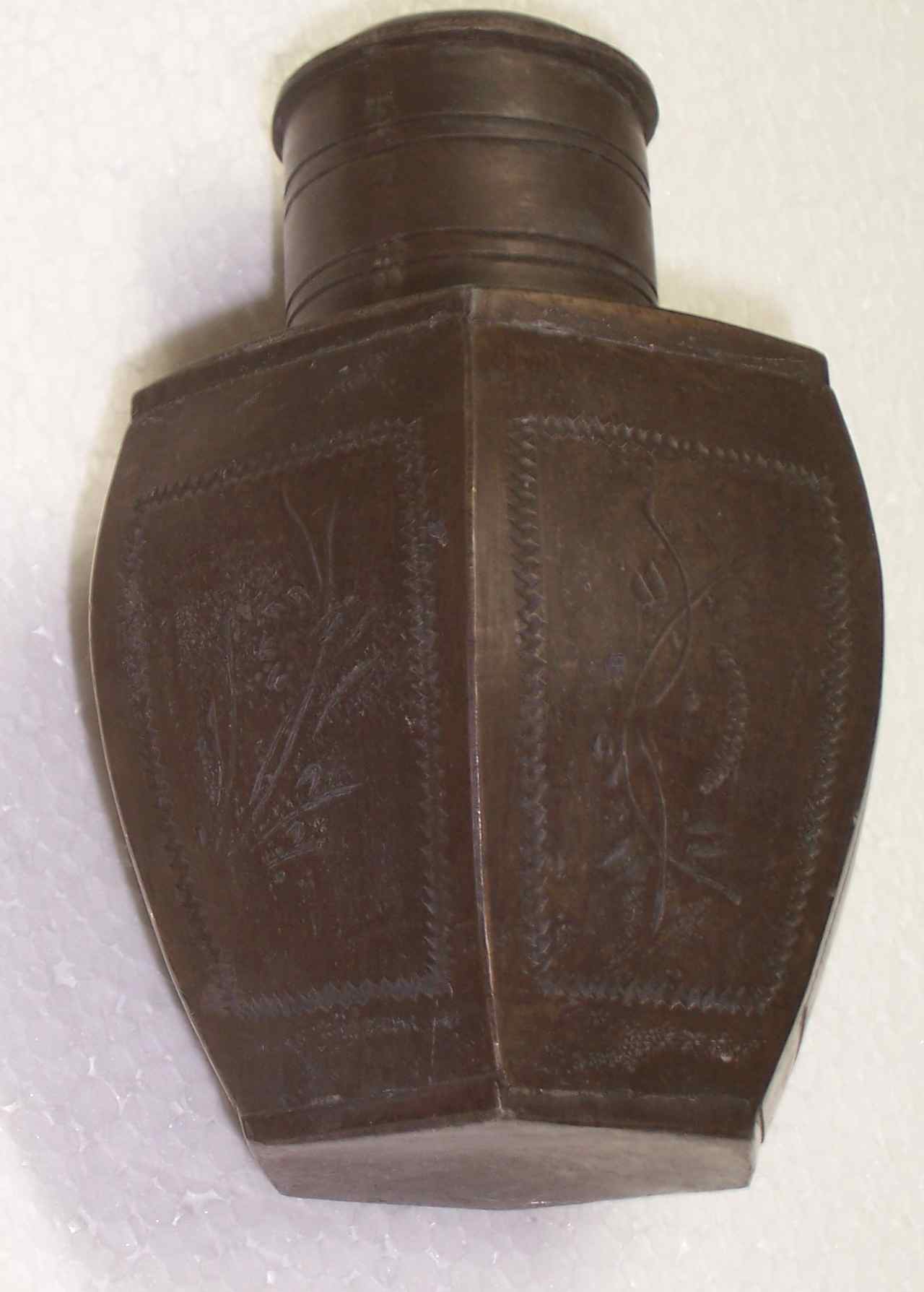 |
In
Japan's Cha-no-Yu
(or Cha-Do) the ceremony itself is central, largely influenced by Zen.
Chinese tea is not involved in anything like this in real life. Traditionally, tea drinking is
wide-spread among the general population and it happens without any
ceremonial behavior and rituals. |
The only exception of this is perhaps the custom of a public tea
preparation etc., however, this is different from what happens in Japan.
|
In general, Chinese tea drinking
is more casual, utilitarian, with the actual drinking or tasting of tea
as central point. There is no ritualistic or ceremonial drinking. Any gathering may be accompanied by tea drinking. For many Chinese it is the most natural thing, and they start brewing tea whenever visitors or friends arrive. Chinese traditional tea drinking is wide-spread among the general population and normally comes without any ceremonial behavior and rituals. |
Tea caddy, Qing dynasty 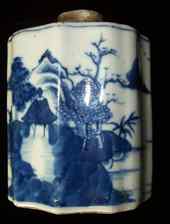 |
|
Tea caddy, 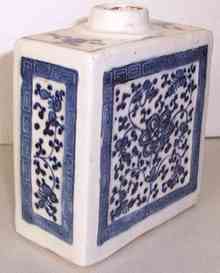 |
In
Chinese tea culture the preparation and serving, on the other hand, is
more functional, unceremonious, and widely spread in everyday life and the
general population. It speedily leads to the actual tea drinking. |
Mostly
the tea is poured into the cups
without much ado,
but sometimes the host will give the guest(s) a tea sniffing cup before
pouring the tea. See below.
|
Tea sniffing cup, 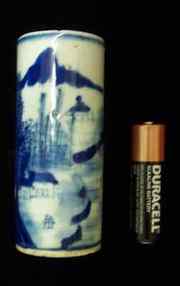 |
Tea sniffing
has a similar purpose as wine sniffing prior to serving wine in western culture. When opening a new bottle, the host (or waiter) first pours a
small quantity of wine into a glass and lets the guest sniff the
"bouquet" before actually pouring the wine. |
The Origins of Tea
It is not well known when tea started to be used as a beverage, nor when
cultivation of tea began. What is known is that tea was known in China
for more than two thousand years.
Initially it was used for medicinal purposes.
|
Chinese folklore has it that emperor Shennong (神農) was the person who
discovered tea, accidentally, but information about the actual origin
of tea, the beginnings of its cultivation and drinking are lost in the
mist of time. |
During the Tang dynasty the method of tea drinking was developed to its fullest. However, the tea itself that was used was coarse and tea preparation required grinding it with a pestle against the inner wall of a grinding bowl, before it was ready for infusing.
Yixing Pottery
Tea Drinking in China
